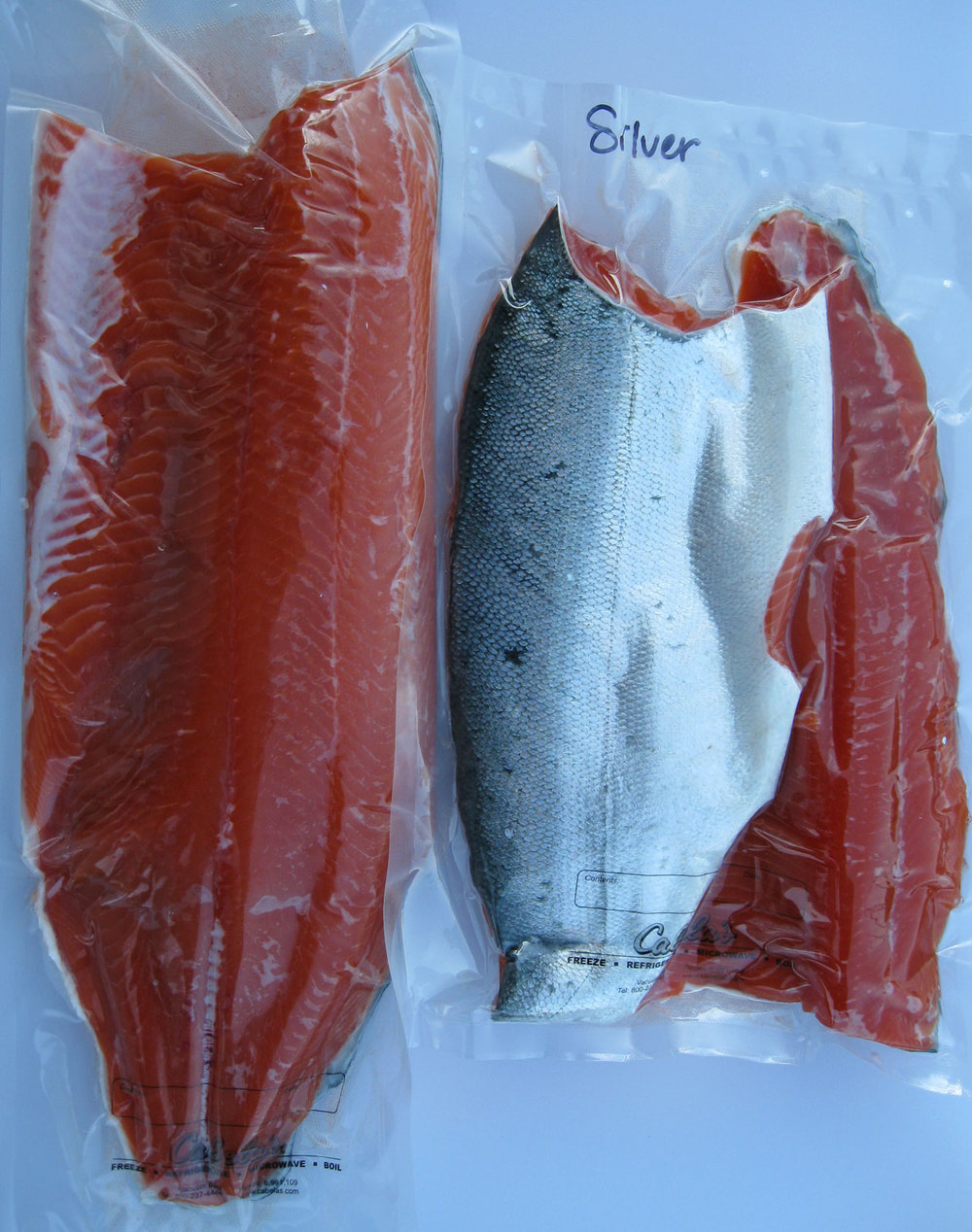The Beaver Delivers
/Out of the mist a de Havilland Beaver shimmers into view, landing lights flashing.


For those awaiting passengers and mail the rumble of this great, vintage aircraft is sweet music.

The ground crew in this small berg is usually one person. She checks in passengers, handles freight, runs the four-wheeler up and down the dock, and catches the plane as it lands at the float. In all kinds of weather. Well, almost.
She doesn't get to meet the planes in dense fog. If the pilots can't see then the planes don't fly.

Some days the mail and freight are stacked up. Right now it is the season for lots of packages so the planes can arrive pretty full.
By the time the mail gets here it has had truck rides, sometimes a boat ride, a couple of plane rides, and many transfers. Oh, and it gets to ride in a cart pulled by a four-wheeler.

People and packages are transferred as fast as safely possible, and the planes are on their way again.

The pilot pours the power to it and propeller tip vortices spiral over the fuselage.

Then they are off into the wild....yellow....yonder. Hey, its winter. Dawn comes late and the sun angle is low. It makes for some pretty mornings and afternoons on these short days.

The pilots have more towns to take care of and a schedule to keep. They know that we are depending on them.

Here's wishing that all of your goodies arrive on time, and that you have the warmth of a happy season!
Alaska Beachcomber
See more images of the Beaver in Flying in a de Havilland Beaver
Great finds
- Casino Sites UK
- Best UK Non Gamstop Casinos
- Non Gamstop Casinos
- Non Gamstop Casinos
- UK Casinos Not On Gamstop
- Non Gamstop Casino
- Gambling Sites Not On Gamstop
- Non Gamstop Casino
- Non Gamstop Casino
- Non Gamstop Casino Sites UK
- UK Casino Not On Gamstop
- Meilleur Casino En Ligne
- Gambling Sites Not On Gamstop
- Best Casinos Not On Gamstop
- I Migliori Casino Non Aams
- Non Gamstop Casino Sites UK
- Casino Sites Not On Gamstop
- Non Gamstop Casino
- Casinos Not On Gamstop
- Slots Not On Gamstop
- Non Gamstop Casino Sites UK
- Casino Non Aams Sicuri
- Meilleur Casino En Ligne Fiable
- I Migliori Casino Online
- Casino Crypto Liste
















